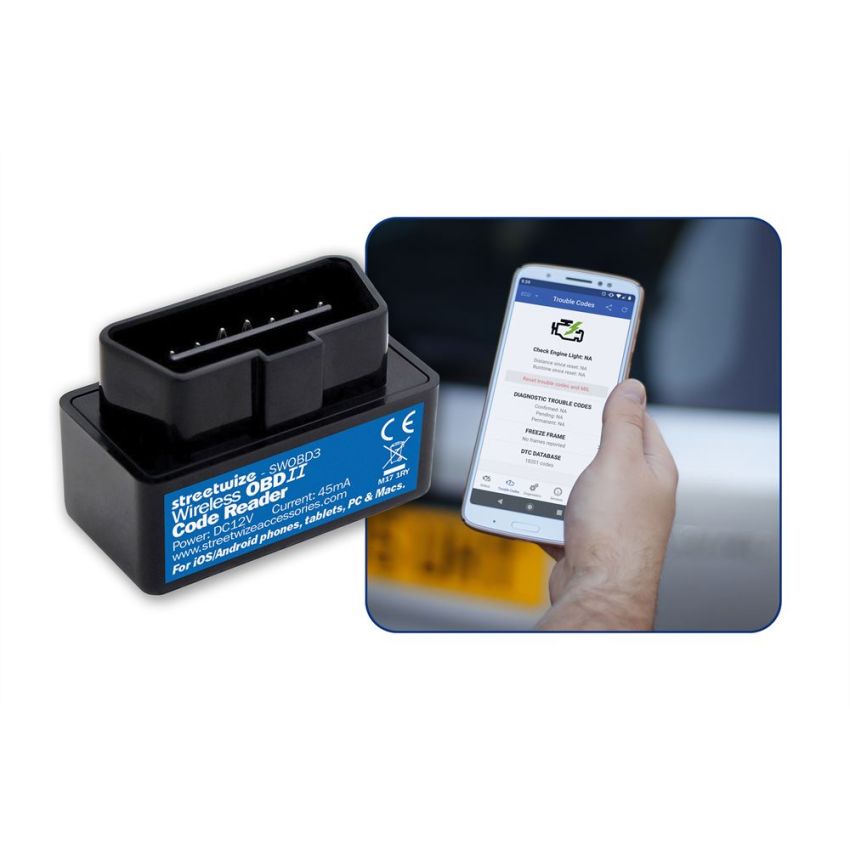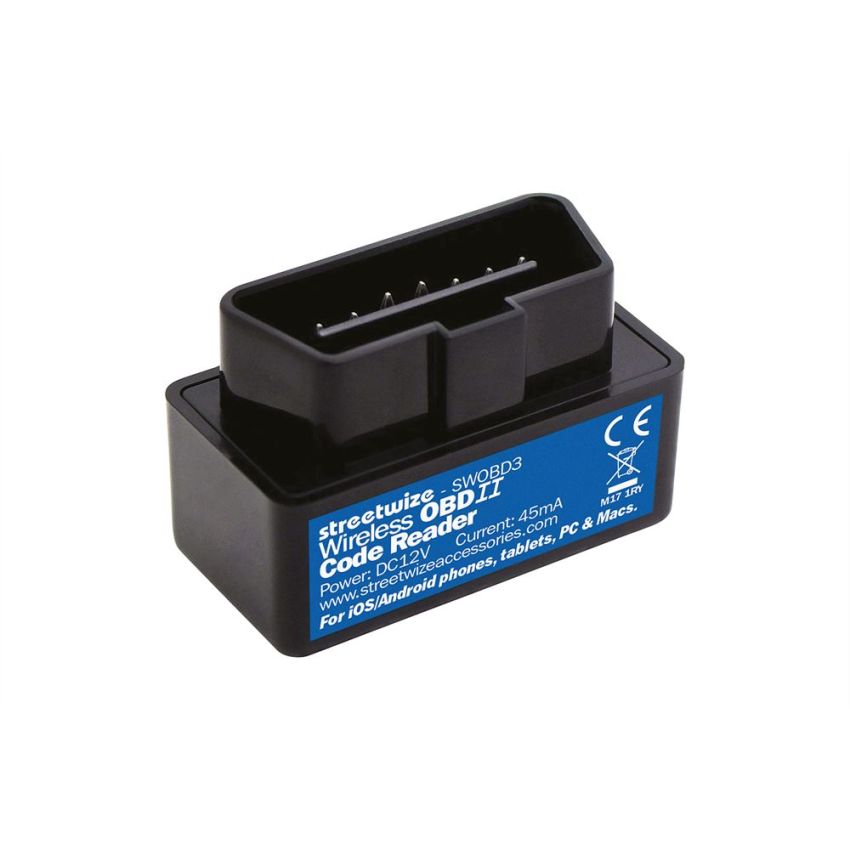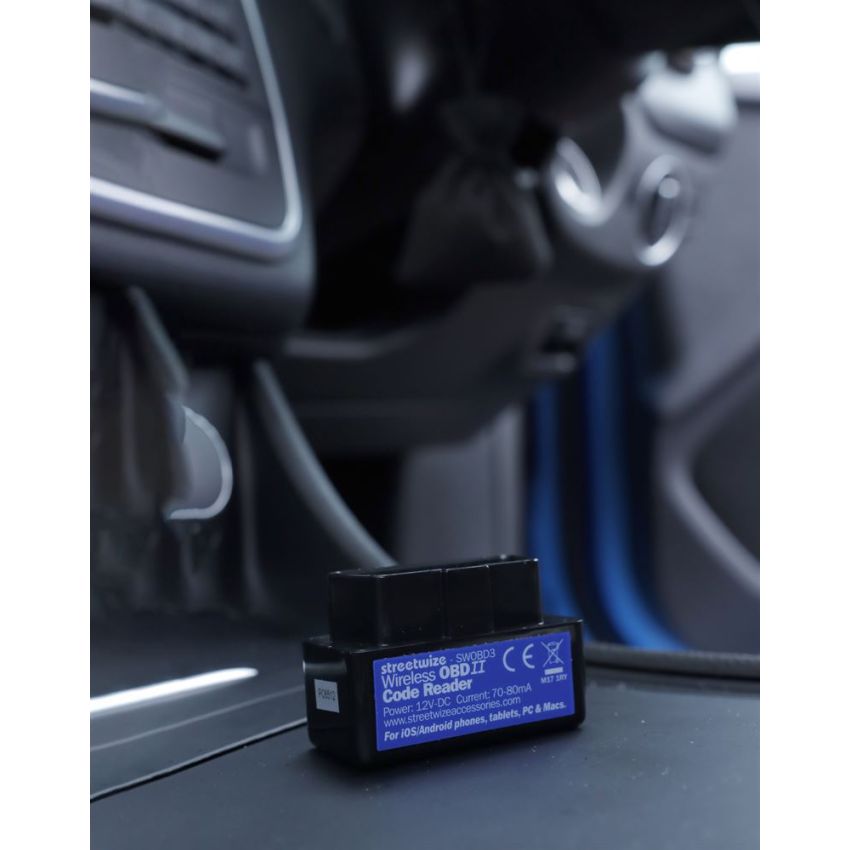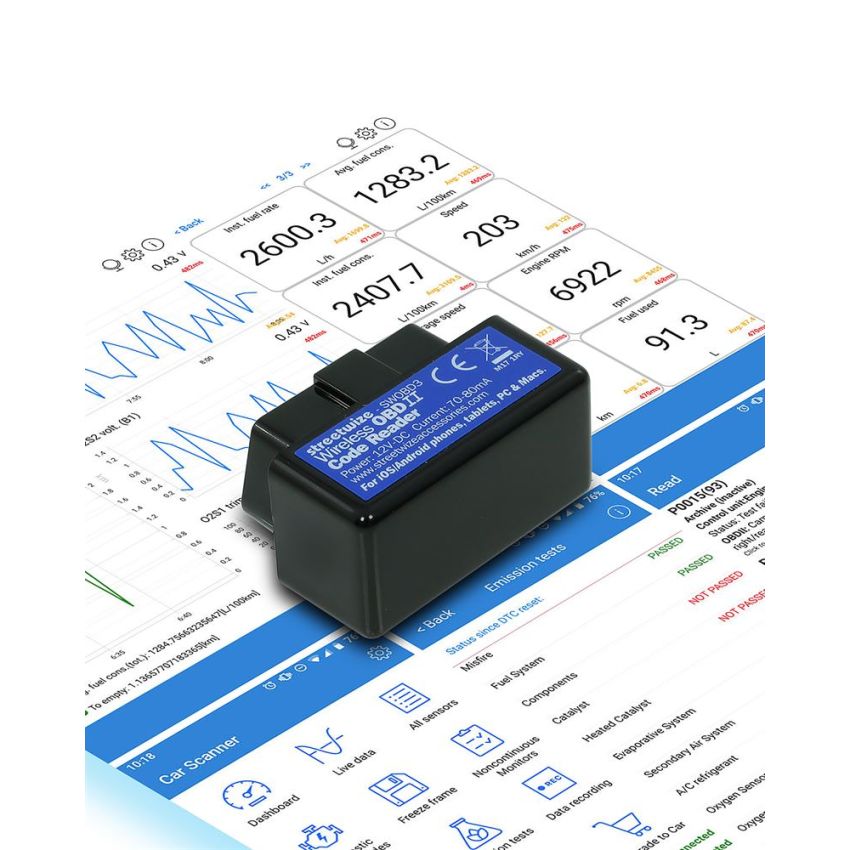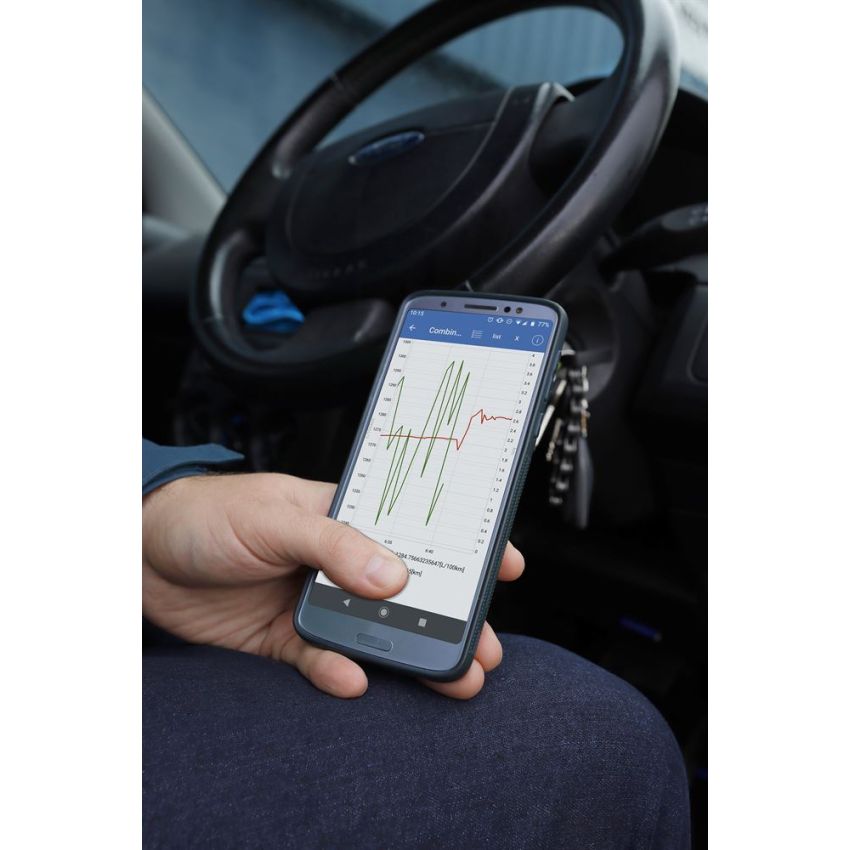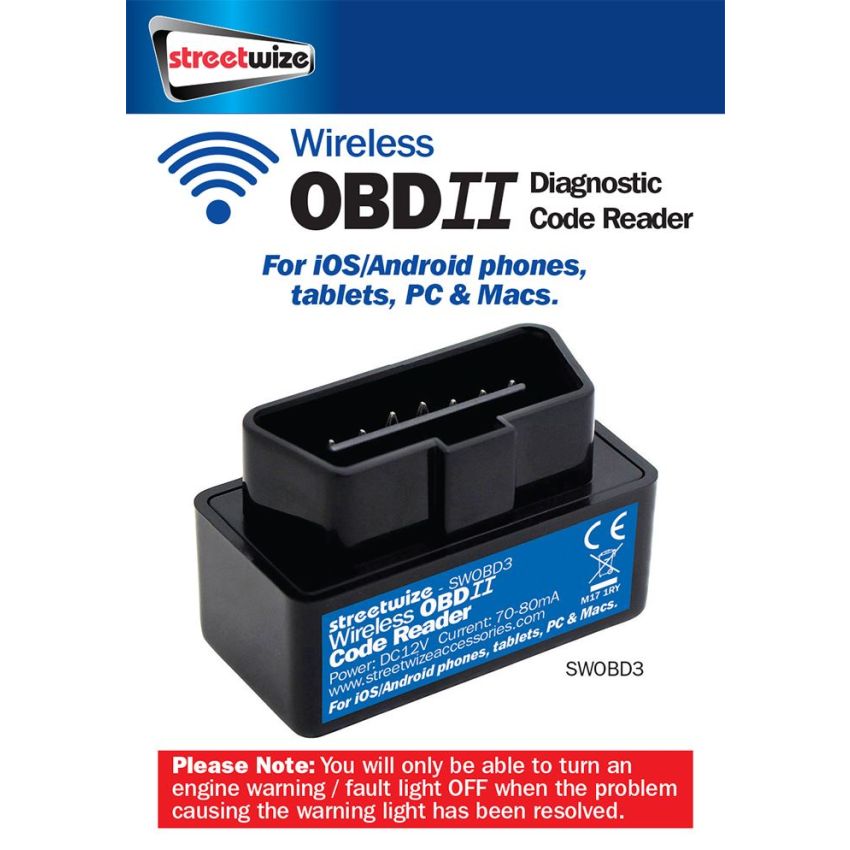Zone 1
UK Mainland
Click & Collect Free
Reserve online, collect from our Micheldever showroom (learn more).
Parcel Force Next Day £6.99
Our cheapest & fastest delivery option for products under 1 Kilogram, delivered within 1 working day. Fully tracked delivery.
Parcel Force Next Day £9.99 (Free for orders over £350)*
Our fastest delivery option for all mainland UK orders, delivered next working day (order before 2pm). Fully tracked with signature on delivery.
Parcel Force 2 Day £8.99
Our cheap & fast delivery option for orders under £30, delivered within 2 working days. Fully tracked with signature on delivery.
Zone 2
Northern Ireland / Scottish Highlands & Islands / Isles / Channel Islands
Parcel Force 2 Day £21.99 (per 30kg)
Fast & reliable 2-4 working day service. Fully tracked with signature on delivery.
Zone 3
Republic of Ireland
Parcel Force 2 Day £20.00 (per 30kg) - Currently Unavailable
Fast & reliable 2-3 working day service to Republic of Ireland. Fully tracked with signature on delivery.
*Exceptions
Axles: £29.99 (per axle)
Roof Boxes: £19.99 (per box)
Items over 1.25m: +£19.99 (such as lighting boards and tandem mudguards)
We do not ship to BFPO addresses or P.O. boxes.
International Delivery
Explore our delivery options to Europe & beyond.
Zone 4
Europe (excl. Russia)
Parcel Force 3 Day £24.95 (per 30kg) - Currently Unavailable
Covering all countries in Europe excluding Russia, delivery within 3-7 working days. Fully tracked with signature on delivery.
Zone 5
Rest of World
Parcel Force
Currently unavailable but please contact us for a quote.
Dispatch Schedule
All products are subject to availability.
- For urgent deliveries you can always call us first on 01962 77 49 88 to check availability and delivery options.
- Orders are processed daily and dispatched within 24-48 hrs Monday-Friday, no dispatch or delivery Saturday, Sunday or Bank Holidays.
- Cut-off times for dispatch are:
- Monday - Friday: 2pm
- Saturday/Sunday/Bank Holidays: Next Working Day
- "Parcel Force Next day" is a 1-2 day service depending on order time and location.
- For Orders delivered by Parcel Force, the driver will require a signature. If this is not possible we can dispatch to an alternative address.
- If the delivery cannot be made, a card is left and you will have to collect from your local depot.
Back Orders
If your item is not in stock, we will back order for you and send as soon as it is available. This is usually within 3 working days.

